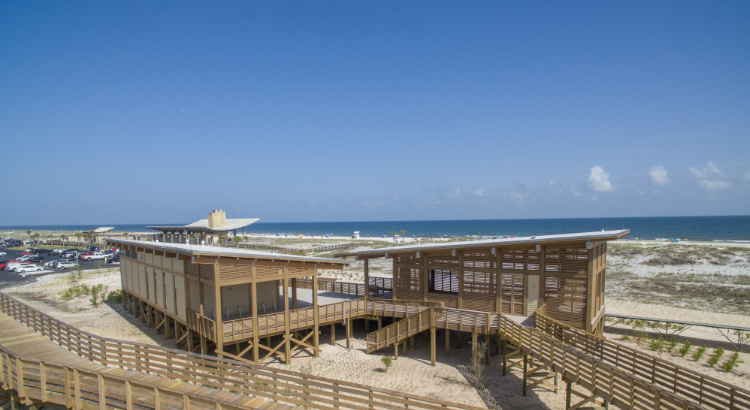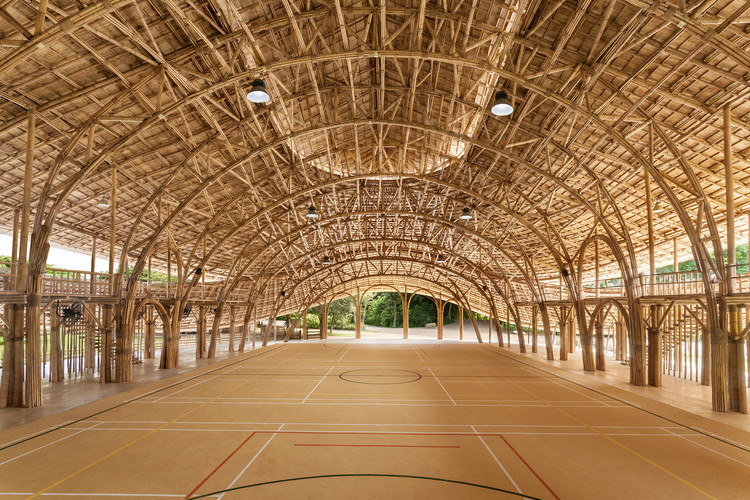Sustainability is a movement that has been well received in recent years for a good reason. Given current global sustainability issues and the environmental impacts of various industries, various sustainable practices are being implemented to prevent additional environmental damage. Ecological sustainability is a growing trend that is particularly evident in the architecture industry. Here are some of the key sustainability trends that should shape the future of architecture.
Sustainable building materials
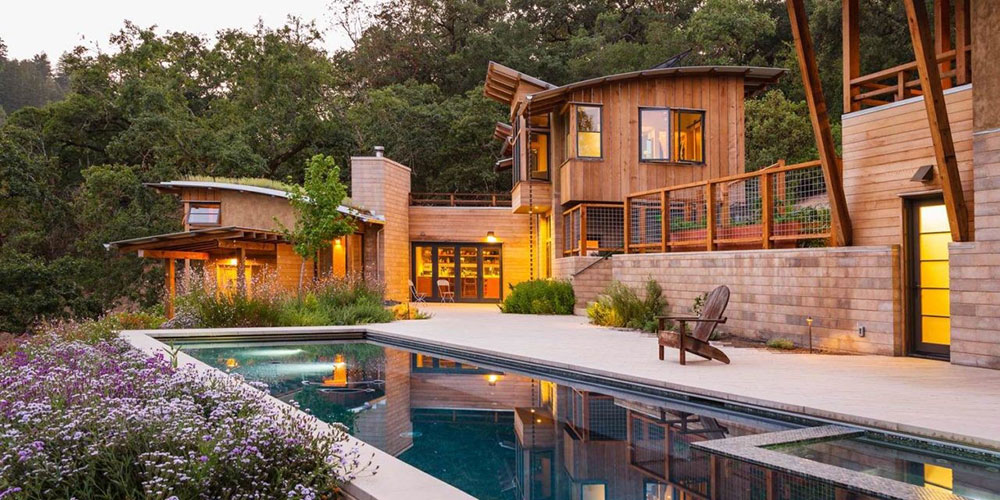
One of the most important trends from which we can expect more is the use of sustainable building materials. Steel beams are used more frequently in industrial environments. What makes them a great building material is their robustness, which makes them resistant to various weather elements, and they are also a more durable solution for industrial types of interiors. The best part? Steel beams can be made from recycled materials. This means fewer trees need to be felled to get durable materials. Another way to be more sustainable when building is to pay attention to the type of paint used. Choosing natural colors is an environmentally friendly solution because their decomposition does not harm the environment and it does not contain any toxic ingredients such as VOCs or formaldehyde like many conventional colors.
Bring nature in
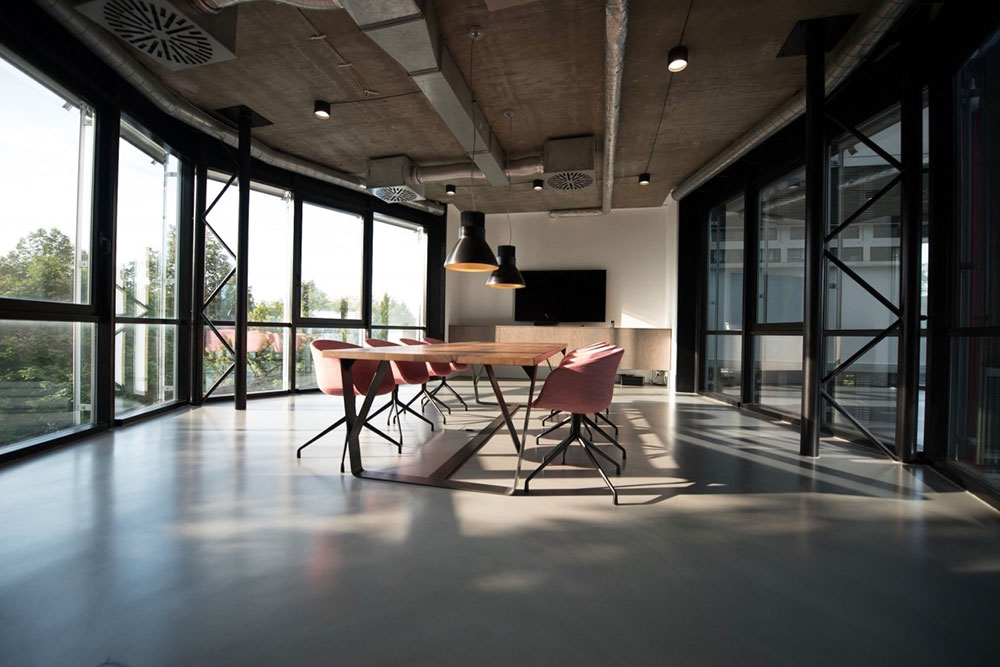
Linking interiors with the outside environment has become a major trend in interior design and architecture. We spend more time indoors than ever before, which has a significant impact on how we work every day. Because of this, many of us yearn for the innate connection with the world around us that has led to the rise of biophile design. This architectural movement is an effective way to connect the residents of buildings with nature. It aims to introduce natural elements that help improve the well-being and comfort of residents. By including more plants and natural light in the design of a building, companies can help create a healthy, positive work environment. However, biophile design principles can be applied to a range of projects, from offices and gyms to hotels and universities.
Energy efficient lighting design
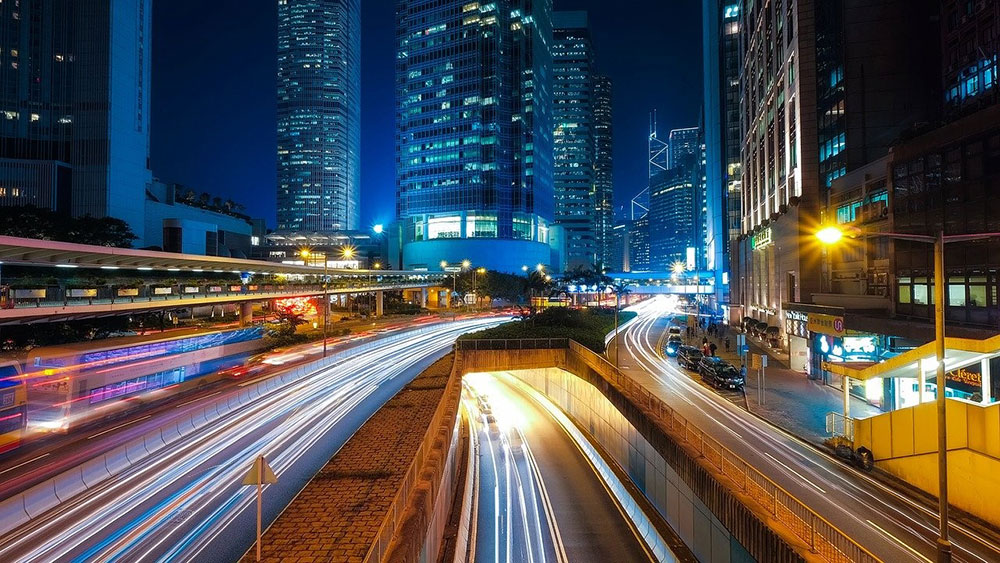
Part of creating a productive environment is creating an appropriate lighting design, and the introduction of energy efficient lighting is more likely to continue if it becomes more affordable. As an effective means of reducing energy consumption, the introduction of LED alternatives is a steadily growing trend, which is already replacing the options for halogen, fluorescent and incandescent lamps in regions where these non-energy-efficient options are expiring. Even if proper lighting design is of the utmost importance to ensure adequate working conditions, it will take some time Good lighting is becoming the standard for work environments in industrial environments. However, given that this upgrade can increase the safety and efficiency of the workplace, we can assume that this trend will explode in the future.
Self-sufficient houses
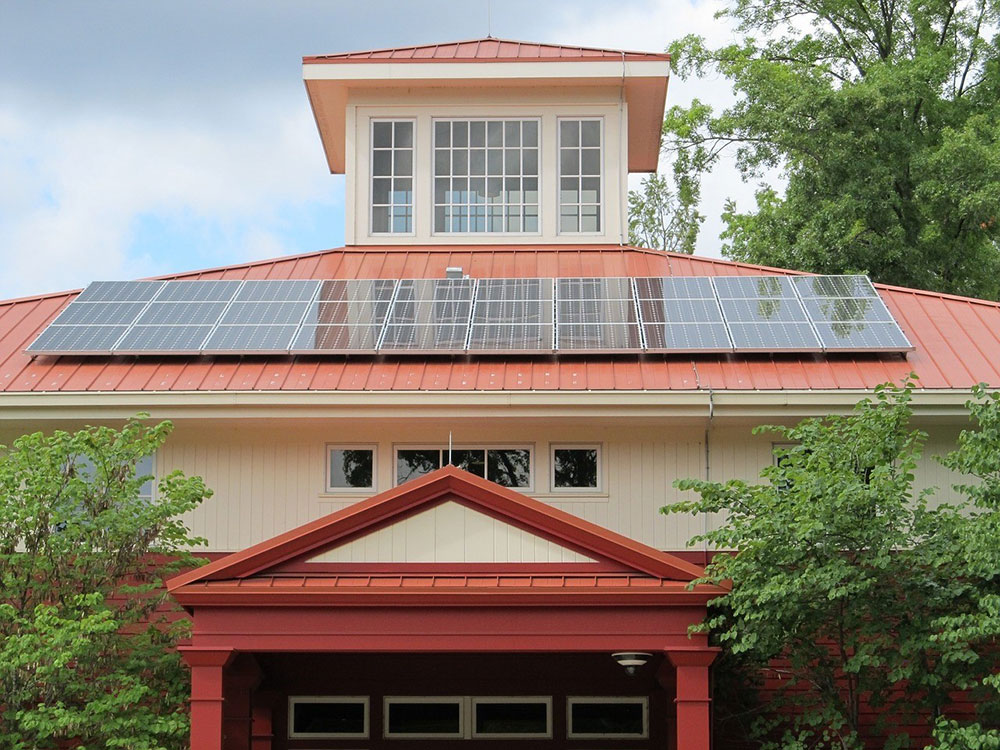
Houses are becoming more sustainable and it is a trend that we can expect more of over time. Their self-sufficiency is reflected in their ability to generate their own electricity by relying on clean, renewable energy sources to reduce their carbon footprint and lower monthly energy costs. Houses are becoming more resilient in response to climate change and natural disasters. With regard to rising electricity costs, houses are becoming extremely energy efficient with the help of passive solar design and efficient insulation materials. Some homeowners go one step further and design houses that produce as much energy as they consume. These new houses are called Net zero energy housesand they become the standard in places like California.
Zero energy buildings
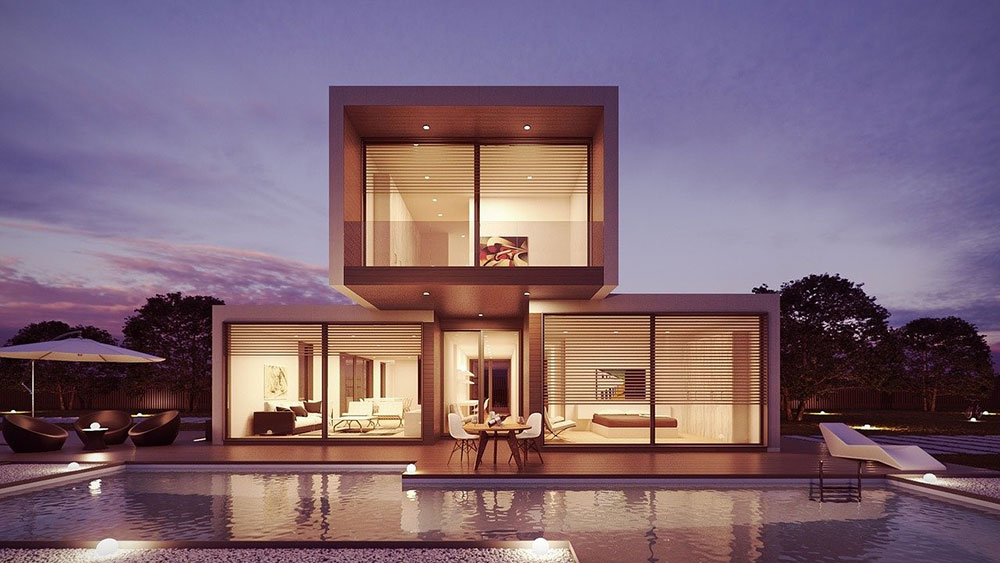
Achieving zero energy is a trend that applies not only to houses but also to buildings. By combining local renewable energy generation with energy efficiency, zero-energy buildings can produce enough energy to meet their needs. The excess energy that was not used can be fed back into the network. The building can use the energy from renewable sources such as wind, solar or hydropower, which can be of great benefit for buildings in large cities. Even though zero-energy construction projects are quite ambitious, we can assume that they will become more important in the coming years.
New trends emerge with the new decade, and 2020 seems to be the year of change. We set new goals, expand the limits and create an environment that is sustainable, productive and functional with new sustainability techniques.
 TopsDecor.com Home Decor Ideas
TopsDecor.com Home Decor Ideas
